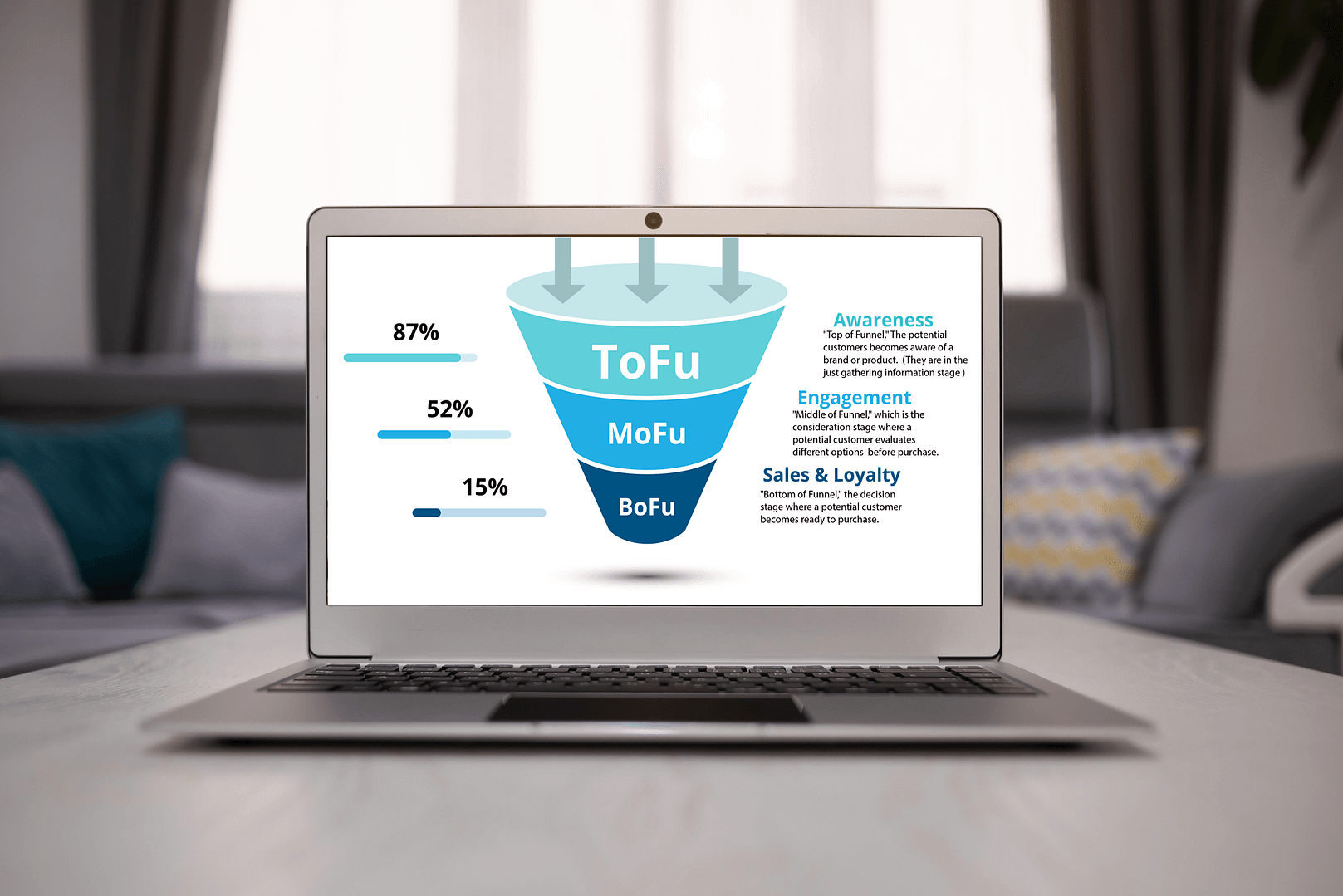Video content is a powerful tool in digital marketing, with 86% of businesses using it in 2022. Here are expert tips and strategies for creating engaging video content that connects your audience and helps your business grow.
Key Takeaways
- Develop a solid video marketing strategy aligned with your business goals
- Use different video types to engage various audience groups
- Follow best practices for high-quality video production
- Optimize your videos for different platforms and devices
- Add interactive elements and clear calls-to-action to boost engagement
- Measure performance using key metrics to improve your strategy
- Keep up with new trends in video marketing
Developing a Solid Video Marketing Strategy
Before you start making videos, it’s important to plan your approach. Set clear goals for your video content. Do you want to increase awareness of your brand, generate new leads, or increase sales? Understanding who you’re trying to reach is also crucial. Create buyer personas to understand what your audience likes and what problems they face.
Focus on telling stories that match your brand’s message and connect with your viewers. Think about how your videos fit into the customer’s journey, from learning about your brand to purchasing. This helps ensure your videos are helpful at every stage.
Make a content calendar to plan when you’ll release your videos. This will help you stay consistent and align your videos with other marketing activities, seasonal events, or new product launches.

Types of Engaging Video Content
Using different types of videos can help you reach and engage various parts of your audience. Some popular types include:
- Explainer videos and product demonstrations
- Customer testimonials and case studies
- Behind-the-scenes and company culture videos
- Educational and how-to content
- Interviews with industry experts
- Live Q&A sessions and webinars
- Videos made by your users
Each type of video serves a different purpose. Explainer videos are great for introducing new products, while customer testimonials help build trust. Educational content can show that your brand knows its stuff, helping build long-term relationships with your audience.
Try using a mix of these video types to keep things interesting. This variety lets you reuse content in different formats, adding value to your video production efforts.

Best Practices for Video Production
You don’t need a huge budget to make good videos. Here are some tips:
- Plan carefully before filming, including writing scripts and sketching out scenes
- Use good lighting and sound equipment for a professional look
- Keep videos short – aim for 6 minutes or less to keep viewers interested
- Include your brand’s look and feel consistently in your videos
- Talk naturally and with enthusiasm to connect with viewers
- Use good editing software to polish your final video
- Create eye-catching thumbnails that make people want to click
- Use titles and descriptions that help your videos show up in searches
Remember, the goal is to create informative and engaging content. Don’t be afraid to show personality and add some humor where it fits. People often connect more with authentic videos than overly polished, corporate-style ones.
Consider creating a style guide for your videos to keep them consistent. This guide can include rules for how things should look, how to speak, and how to use your brand, helping maintain a unified brand image across all your videos.

Optimizing Video Content for Different Platforms
Each social media platform has its own best ways to use video. Here are some tips:
- TikTok and Instagram Reels: Make short, vertical videos with popular music or effects
- YouTube: Use good titles, descriptions, and tags, and add end screens to promote other videos
- LinkedIn: Share professional, informative content that’s valuable to your network
- Facebook: Upload videos directly to Facebook and try using Facebook Live for real-time interaction
- Twitter: Keep videos short and impactful, using hashtags to help people find them
When putting videos on your website, ensure they work well on mobile devices and don’t slow down your pages. Consider using a video hosting service for better performance and stats. Also, use unique code (schema markup) to help your videos better appear in search results.
Remember to adjust your videos for each platform instead of posting the same video everywhere. This might mean making different versions of the same video with various shapes, lengths, or focus to fit each platform’s audience and best practices.

Enhancing Video Engagement and Interactivity
To make your videos more engaging, try these strategies:
- Add captions so people can watch without sound
- Include clear instructions on what viewers should do next
- Use interactive elements like polls or quizzes to get people involved
- Encourage viewers to create their content by running contests
- Add clickable spots or end screens to guide viewers to related content
- Create a series of videos to encourage viewers to come back for more
- Use storytelling to create emotional connections with your audience
Remember, engagement works both ways. Respond to comments and encourage discussions about your videos to build a community. Consider hosting live Q&A sessions or behind-the-scenes streams to interact with your audience in real time.
Using content created by your users can also be a great way to boost engagement. Encourage your customers to make videos showing your products or services and feature the best ones on your channels. This proves that others like your product and gets your audience more involved and loyal.

Measuring Video Content Performance
Tracking key performance indicators (KPIs) ensures your video marketing is working. Some important things to measure include:
- How many views and how long do people watch
- How many people engage (likes, comments, shares)
- How many people click on your call-to-action
- How many people take action after watching your video
- How much of your videos do people watch on average
- How much your video is shared on social media
- How many people watch your entire video
- Where your viewers come from and who they are
Use these measurements to improve your video strategy over time. Try testing thumbnails, titles, or video lengths to see what works best. Pay attention to which types of videos your audience likes most and adjust your content plan accordingly.
Consider using advanced tools to gain deeper insights into your videos’ performance. These tools can help you understand how viewers behave, where they stop watching, and how your videos affect your overall marketing goals.
Key Video Marketing KPIs
- View count and watch time
- Engagement rate (likes, comments, shares)
- The click-through rate for CTAs
- Conversion rate for video-driven actions
- Audience retention rate
- Social sharing metrics
Future Trends in Video Marketing
As you plan your video content strategy, keep an eye on these new trends:
- Short videos are still viral on platforms like TikTok and Instagram Reels
- Live streaming is growing, offering chances to engage with viewers in real-time
- Virtual and augmented reality are creating more immersive video experiences
- AI is helping to personalize video content for individual viewers
- Interactive shoppable videos connect content directly to shopping
- Vertical videos are becoming more critical for mobile users
- Content created by users is playing a more significant role in brand storytelling
Staying ahead of these trends can help you create more innovative and engaging video content that stands out. Try experimenting with new formats and technologies to keep your video marketing strategy fresh and compelling.
As AI and machine learning get better, expect to see more advanced tools for creating, editing, and personalizing videos. These tools may allow for more efficient production and highly targeted content delivery, making video marketing campaigns more effective overall.
Conclusion
Creating engaging video content requires creativity and strategy. By following these tips, you can develop a video marketing approach that connects with your audience and helps your business grow. Remember to be authentic, provide value, and always consider your viewers’ needs when creating content.
Video content will likely become even more important in marketing strategies as the digital world changes. By mastering video creation and staying up-to-date with new trends, you can set your brand up for success in the increasingly visual world of digital marketing.
Ready to improve your video marketing skills? Check out our Digital Skills Foundations Course to boost your marketing abilities and stay ahead in the digital world. This course will teach you how to create compelling video content that engages viewers and helps achieve your marketing goals.
